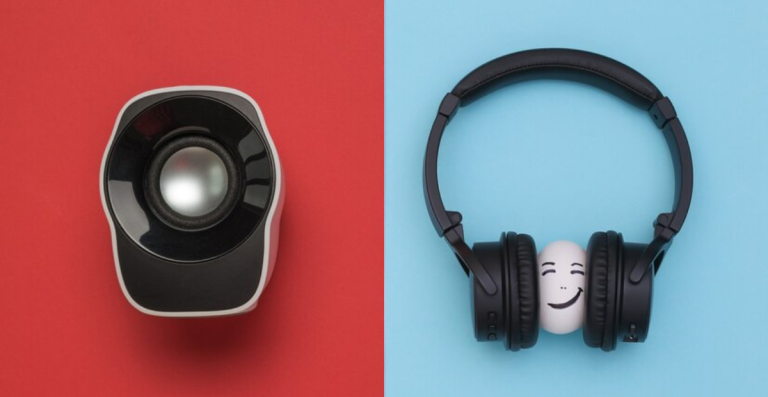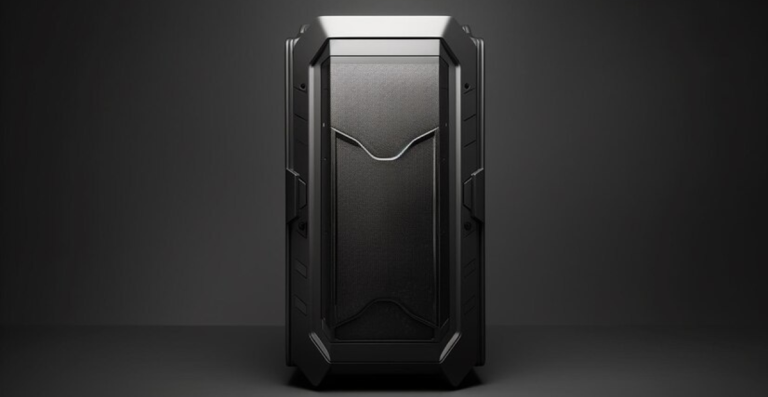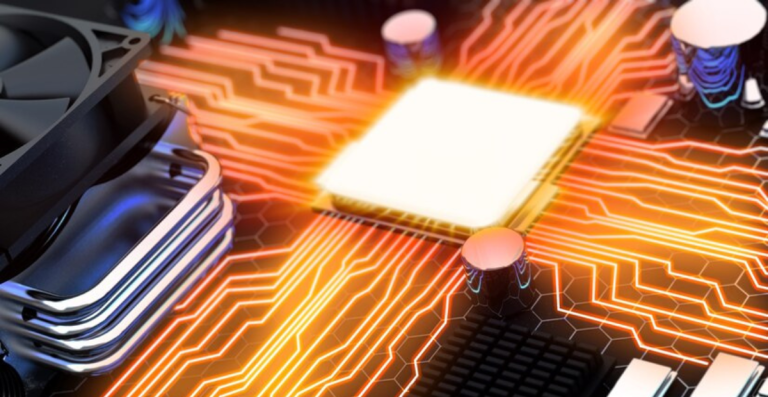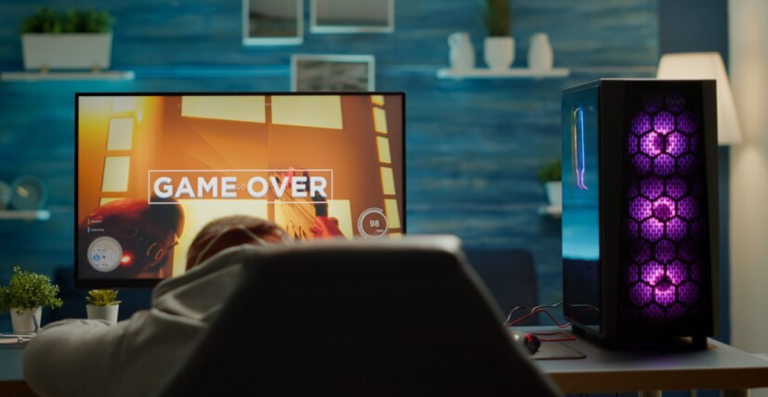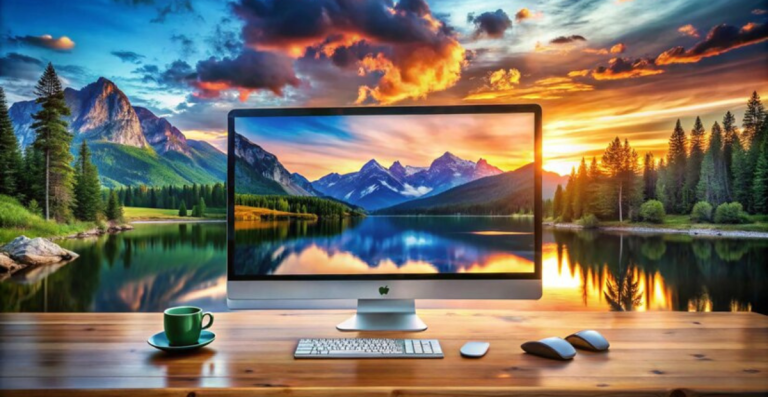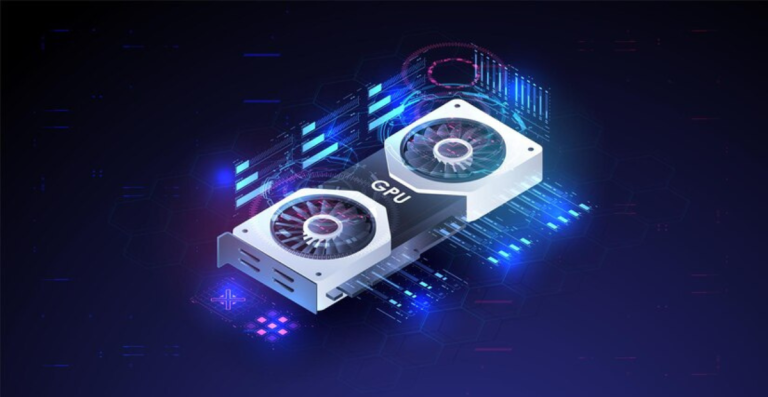Temperature and Thermal Throttling Hidden Bottlenecks
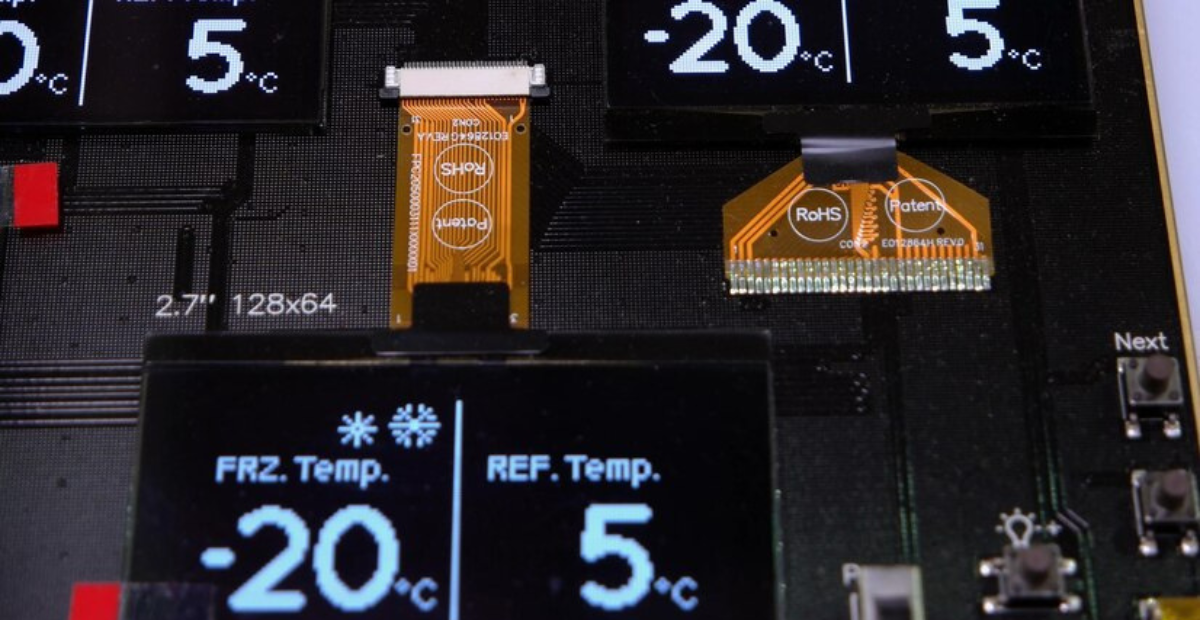
Thermal throttling may be the cause if you’ve ever seen your PC suddenly slowing down or observed a sudden decline in gaming performance. When your hardware overheats, the system immediately slows things down to avoid harm, creating this hidden performance barrier. Knowing how heat impacts system performance is essential for gamers, pros, and PC builders to maintain seamless and effective operation.
Understanding Thermal Throttling
In essence, thermal throttling is how your CPU or GPU guards against overheating. Your system automatically lowers its speed to decrease heat output when temperatures get too high. Although it’s a clever method of safeguarding the hardware, performance will suffer as a result.
What is Thermal Throttling, and Why Does it Occur?
Thermal throttling takes over when the temperature of your CPU or GPU reaches a hazardous level. It lowers the hardware’s performance in order to keep it from overheating and maybe breaking. This is a built-in function that protects your components, but it also causes slower performance, which can be annoying, particularly when doing demanding tasks like video editing or gaming.
Temperature Sensors’ Function in Contemporary CPUs and GPUs
Integrated temperature sensors in contemporary CPUs and graphics cards continuously check the operating temperature of the parts. By providing real-time data, these sensors assist the system in adjusting to prevent overheating. To maintain control, the hardware will automatically reduce performance if the temperature climbs too high.
The Significance of Pre-Established Thermal Limits for Hardware Durability
The manufacturer has established a specified heat limit for each piece of gear. Before the component begins to throttle itself, this is the highest temperature it can withstand safely. To make sure your hardware lasts a long time, certain limitations are essential.
Overclocking or inadequate cooling are two ways to go beyond these limitations, which can decrease the life of your system and create long-term harm.
Declines in Performance
The effects of thermal throttling on performance are typically immediate and obvious. Processing-intensive tasks, such as rendering, gaming, and 3D modeling, may start to slow or stutter. The system becomes less responsive as a result of prioritizing safety above performance.
The Sound of Fans
Increased fan noise is one of the simplest indicators that your system is exerting a lot of effort to cool itself. The fans rotate more quickly when the hardware warms up in order to assist disperse the heat. A greater fan noise than normal may indicate that your system is having trouble controlling the temperature, which might lead to thermal throttling.
Software for Monitoring
You may use monitoring software to monitor how your system is handling heat. By giving you access to real-time CPU and GPU temperature data, these applications help you identify instances in which thermal throttling may be impairing performance. With the help of monitoring tools, you can better understand how your system behaves and take care of any cooling concerns before they become more serious ones.
How High Temperatures Cause an Automatic Reduction in CPU/GPU Performance?
Once temperatures exceed a certain threshold, your CPU and GPU will automatically downclock to protect themselves. This results in serious slow-downs affecting gaming and other productive applications alike.
GPU Gaming Performance Impact
For games, the higher temperatures will cause a downclock of the GPU, thus causing lower framerates and stuttering. As soon as the GPU starts losing coolness, the throttle kicks in to keep temperatures at a manageable level, negatively impacting the game’s fluidity.
CPU Intensive Task Impact
Video editing or 3D rendering-CPU-intensive tasks also face performance impacts with high temperatures. These demanding processes place great strain on the CPU; thus, when it reaches higher temperatures, it will downclock itself to protect itself from damage, increasing the time taken to render tasks and lowering productivity.
Long-Term Effects Of High Temperature
Long-term exposure to extremely high temperatures may damage the hardware permanently and shorten its life span. Frequent thermal throttling erodes system stability, degrades hardware quality, and almost always results in an expensive fail.
The Hidden Bottleneck
Suppose the underlying occurrence is thermal throttling. In that case, it mostly moves behind the scenes, making it difficult to detect and nearly always an indirect cause of poor performance. While the system may feel sluggish, one may not immediately think of it as a consequence of temperature. Let us now analyze thermal throttling as a hidden dagger for performance.
Why Thermal Throttling May Be Silent in Performance Killing
Thermal throttling sets in without any direct warning, like most fallen soldiers of the performance, and may quickly begin to affect drop issues on performance. Unlike other bottlenecks, be it a slow hard disk, or a GPU with memory limits, thermal throttling sometimes hides behind normal operation.
It operates on your system potential without providing straightforward feedback; that is why it is usually awfully late till you realize that it was the heat.
How to Tell Thermal from Others
Then here we have the other performance-destructive causes that thermal throttling is distinguished from:
- GPU Bound: The frames per second limitation occurs on the GPU.
- CPU Bound: The CPU is unable to cope with the workload efficiently.
- RAM Bottleneck: Insufficient memory to carry out the job.
Thermal throttling will deteriorate the signs as to what was really hitting performance, thus making it tougher to pin down the precise bottleneck.
How Thermal Throttling Masks Hardware Capabilities
Thermal throttling is a situation where the potential power of your hardware gets masked. If you ever suspect that your CPU or GPU is underperforming, the truth may be that heat is actively throttling it instead.
Thus, regular monitoring of temperatures and effective cooling solutions is of paramount importance for achieving peak performance.
Situations That Can Trigger Thermal Throttling
Thermal throttling does not occur just like that; it is triggered by certain conditions, usually applying an extra load on your system, resulting in excess heat generation. Knowing such situations will help you in your combat against throttling.
Long Gaming Sessions and Sustained High Loads
- What Happens: Long hours spent gaming, especially on graphic-intensive releases, test the GPU limits and raise temperatures.
- Impacts: This leads to thermal throttling to avoid overheating, causing frame lag and stuttering.
Running Heavy Applications (CAD, Simulation)
- What Happens: From CAD software to 3D modeling to simulation: these applications provide continuous and heavy-load interaction for the processors.
- Impact: These activities raise the CPU’s temperature until throttle kicks in, resulting in prolonged processing times and sluggish performance.
Overclocks-Good Luck and Godspeed
- What Happens: Increasing the base frequency of a processor means that there is an increase in the power drawn by the CPU and GPU, consequently increasing the heat produced.
- Effect: Without a good cooling system, this leads to thermal throttling and instability.
High Ambient Temperatures and Poor Ventilation
- What happens: Using your PC in a room with high ambient temperatures or poor ventilation can make it difficult for the cooling system to perform.
- Effect: Increased heat can lead to throttling even in less demanding tasks.
Dust Accumulation Inside the System
- What happens: Dust buildup within fans, vents, and on heat sinks limits airflow and insulates components.
- Effect: This increases the temperature of your system, leading to thermal throttling.
Laptop Usage on Soft Surfaces Blocking Airflow
- What happens: Using a laptop on soft surfaces like mattresses or couches limits air vents.
- Effect: This causes the internal temperature to rise quickly, leading to thermal throttling.
Identifying Thermal Throttling
Detecting thermal throttling can be hard because it’s not always immediately visible. However, there are specific symptoms you may look out for that suggest your system is slowing down due to heat accumulation.
Performance Drops
One of the first and most visible indicators of thermal throttling is a rapid decline in system performance. Whether you’re gaming or working on intensive applications, you can suffer stuttering, decreased frame rates, or slower load times. This can be especially unpleasant if you’re used to smooth performance, but when the system overheats, it purposely decreases its performance to avoid damage.
Fan Noise
Loud fan noise is another apparent indicator that your system is failing to maintain a healthy temperature. When the CPU or GPU temperature rises, the fans will ramp up in speed to cool things down. If you observe extremely loud or consistent fan noise, it’s likely that your system is working overtime to handle heat, and this can result in thermal throttling.
Monitoring Software
To establish if thermal throttling is happening, you can utilize monitoring software. These apps provide real-time temperature readings for your CPU and GPU. Popular applications like HWMonitor, MSI Afterburner, CPU-Z, and GPU-Z allow you to track your system’s performance and temperatures.
By routinely monitoring these values, you can notice when the temperatures are growing too high, which could suggest thermal throttling. It’s crucial to know what normal temperatures are for your components and keep a watch on any rises.
System Instability and Crashes
Thermal throttling often causes system instability, especially during severe workloads. You can notice unexpected crashes or the system freezing during gaming sessions or rendering work. When the temperature reaches harmful levels, the CPU or GPU will throttle to prevent overheating, which can potentially lead to instability and crashes if the system is unable to respond quickly enough.
Reduced Boost Clocks Compared to Advertised Specifications
Another indicator of thermal throttling is when your CPU or GPU’s boost clocks are much lower than their quoted specs. Manufacturers often specify maximum clock speeds that are attainable under proper cooling conditions.
If you observe that your system’s performance is constantly below these standards, it’s a strong indicator that thermal throttling is reducing the clock rates to manage heat.
How to Avoid Thermal Throttling on Your CPU/GPU
Now that you know how to recognize thermal throttling, let’s talk about how to prevent it from happening. Here are some practical strategies to guarantee your system stays cool and performs at peak performance.
Improve Cooling
- Upgrade to high-performance air coolers or liquid cooling.
- Aftermarket GPU coolers can also reduce temperature spikes.
Clean Your System
- Use compressed air to clean dust from fans, vents, and heat sinks.
- Clean fan blades and heat sink fins to maintain good airflow.
Optimize Airflow
- Position intake and exhaust fans properly for better ventilation.
- Ensure your case has good airflow design and organize cables.
Apply Quality Thermal Paste
- Use high-quality thermal paste for better heat transfer.
- Reapply thermal paste every couple of years to ensure optimal performance.
Reduce the Voltage
- Undervolt your CPU or GPU to lower heat generation.
- Use software like Intel XTU or MSI Afterburner for safe undervolting.
Control Ambient Temperature
- Lower room temperature with fans or air conditioning.
- Avoid placing your PC near heat sources or in direct sunlight.
Monitor and Adjust Fan Curves
- Use BIOS/UEFI settings to adjust fan curves for efficient cooling.
- Set fan speeds to increase as temperatures rise.
Consider Laptop Cooling Pads
- Use a cooling pad for extra airflow if you’re using a laptop.
- This helps reduce thermal throttling during intensive tasks.
What Happens If You Ignore Thermal Throttling
Overheating might seem like a small issue at first, but ignoring it for too long can seriously affect your system’s health and performance.
Faster Hardware Wear
When your CPU or GPU is constantly running hot, the internal parts wear out quicker. This shortens the lifespan of your components and may force you to replace them sooner than expected.
More Crashes and Freezes
High temperatures can make your system unstable. You might notice frequent crashes, screen freezes, or unexpected restarts, especially during heavy tasks like gaming or video rendering.
Slower Overall Performance
Thermal throttling limits how fast your CPU or GPU can run. So even if you have powerful hardware, it won’t deliver the performance you paid for. This can be frustrating whether you’re gaming or doing creative work.
Risk of Data Loss
When your system crashes due to heat, there’s a chance of losing important files. If the system shuts down while saving data or during updates, it can corrupt files or cause other serious issues.
Final Thoughts
Thermal throttling isn’t just a minor inconvenience it’s a sneaky performance killer that may stealthily hold your system back. Whether you’re a gamer pushing for greater frame rates, a designer generating high-res film, or just someone who wants their PC to perform smoothly, regulating your system’s temperature is vital.
By knowing how fan speed, airflow, and cooling all work together, you can avoid the frequent errors that contribute to thermal throttling. From wiping off dust to adjusting your fan curves, tiny modifications can make a significant difference. Staying alert and proactive not only protects your gear but also guarantees you’re getting the performance you deserve.

